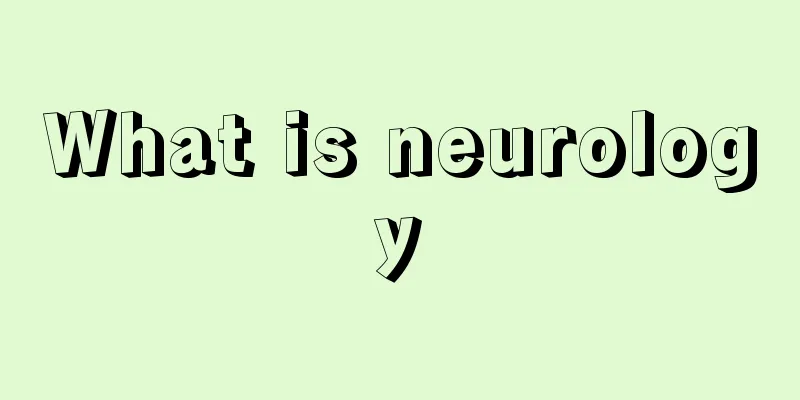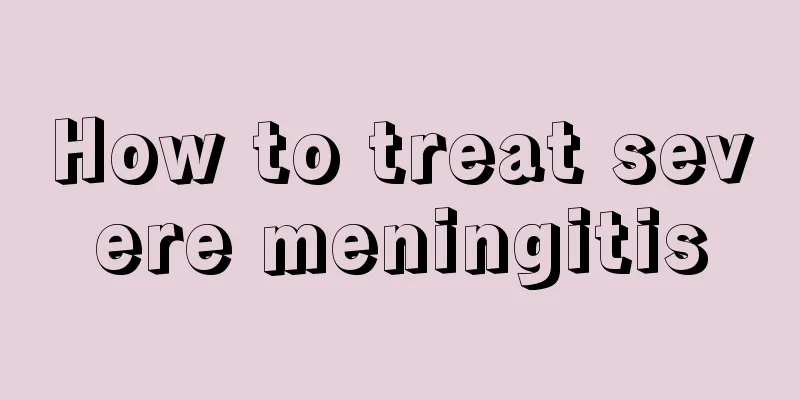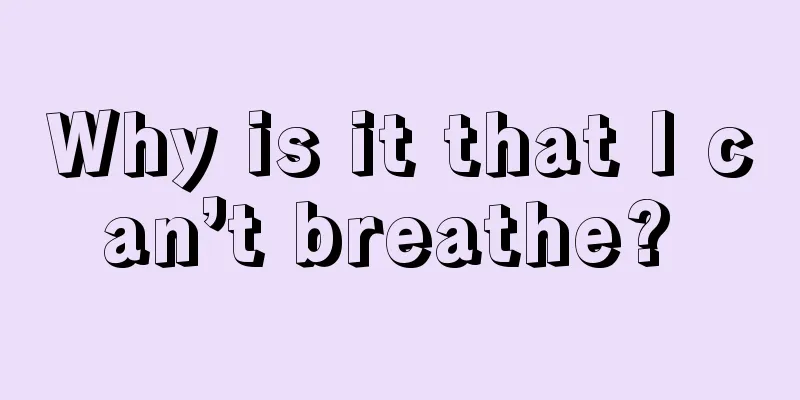What is neurology

|
It is unbelievable that neurology is used to treat mental illnesses. It is a secondary discipline, mainly used to treat patients' cerebrovascular diseases, headaches, neuralgia, etc. It can also be used to treat epilepsy, mental illness, etc. Because all human activities are allocated by the brain, the spirit is an important support, so psychiatry is also relatively important. So what is psychiatry? It is a secondary discipline related to neurology. It does not belong to the concept of internal medicine. The main diagnosis and treatment are cerebrovascular diseases (cerebral infarction, cerebral hemorrhage), migraine, brain inflammatory diseases (encephalitis, meningitis), myelitis, epilepsy, dementia, metabolic diseases and genetic diseases, trigeminal neuralgia, sciatica, peripheral neuropathy and myasthenia gravis, etc. The main examination methods include head and neck MRI, CT, ECT, PETCT, electroencephalogram, TCD (transcranial Doppler ultrasound), electromyography, evoked potential and hemorheology examination. At the same time, we work with the Department of Psychology to diagnose and treat functional diseases such as neurasthenia and insomnia. Facial nerve palsy is divided into central and peripheral types. Central It is caused by damage to the supranuclear tissue (including the cortex, cortical brainstem fibers, internal capsule, pons, etc.), resulting in paralysis of the lower facial muscles on the opposite side of the lesion. From top to bottom, the symptoms include shallowing of the nasolabial groove, drooping corners of the mouth when showing teeth (or tilting of the corners of the mouth toward the side of the lesion, which is the opposite side of the paralyzed facial muscles), inability to whistle or puff out cheeks, etc. It is common in cerebrovascular diseases, brain tumors and encephalitis. Peripheral It is caused by damage to the facial nerve nucleus or facial nerve, resulting in paralysis of all facial muscles on the same side of the lesion. From top to bottom, it manifests as an inability to frown, frown, close eyes, disappearance of corneal reflex, shallowing of nasolabial groove, inability to show teeth, puff out cheeks, whistle, and drooping corners of the mouth (or the corners of the mouth deviate to the opposite side of the lesion, that is, the opposite side of the paralyzed facial muscles). It is more common in peripheral facial nerve paralysis caused by cold, ear or meningeal infection, and neurofibroma. In addition, taste disturbances may occur in the anterior 2/3 of the tongue. Clinical manifestations Most patients often find that one side of their cheek becomes stiff and their mouth becomes crooked when they wash their face or rinse their mouth in the early morning. In patients with complete paralysis of the facial expression muscles on the affected side, forehead wrinkles disappear, palpebral fissures widen, nasolabial grooves become flat, corners of the mouth droop, and the corners of the mouth deviate toward the healthy side when teeth are exposed. The affected side should not frown, knit brows, close eyes, puff out air, or purse lips. When puffing out cheeks and whistling, air leaks out because the lips on the affected side cannot close. When eating, food residues often remain in the buccal space on the affected side, and saliva often flows down from that side. Because the lacrimal points are turned inward with the lower eyelid, the tears cannot be drained normally and overflow. It is divided into two types: peripheral and central (see the classification of facial nerve palsy). Among them, peripheral facial paralysis has a high incidence rate, and the most common ones are facial neuritis or Bell's palsy. What people usually call facial paralysis in most cases refers to facial neuritis. Because facial paralysis can cause a very strange facial appearance, it is often called a "disfiguring disease." |
>>: What diseases does neurology treat?
Recommend
What causes ovarian tumors
I believe people should be familiar with ovarian ...
What are the 10 early signs of cervical cancer
There are usually no obvious symptoms in the earl...
Can I eat avocado while losing weight?
Avocado can be said to be a master of weight loss...
Low neutropenia
One type of white blood cell is the alkaliphilic ...
Can lemon trees be grown indoors?
Lemon trees can be grown indoors, but if the cult...
Experts explain the early signs of bone cancer that need attention
In real life, some early signs of bone cancer are...
Is TPU harmful to human body?
TPU is a new type of environmentally friendly mat...
What are the early symptoms of cardia cancer? Be careful if you have these 4 symptoms
When cardia cancer reaches its late stage, it is ...
What foods to eat for early breast cancer
Patients with early breast cancer can eat some an...
Vaccine scar on arm
Vaccination has almost become the most important ...
How to wash rust on clothes, use acetic acid solution
Detergent and soap can only work on some common s...
What are the symptoms of advanced lymphoma
Experts say that when lymphoma develops to the la...
What will happen if phimosis is not circumcised
Phimosis is a relatively common disease. Most mal...
How to clear facial lymphatic blockage
Lymphatic blockage is indeed a very troublesome t...
Is pituitary tumor a chronic disease?
Is pituitary tumor a chronic disease? Pituitary t...









